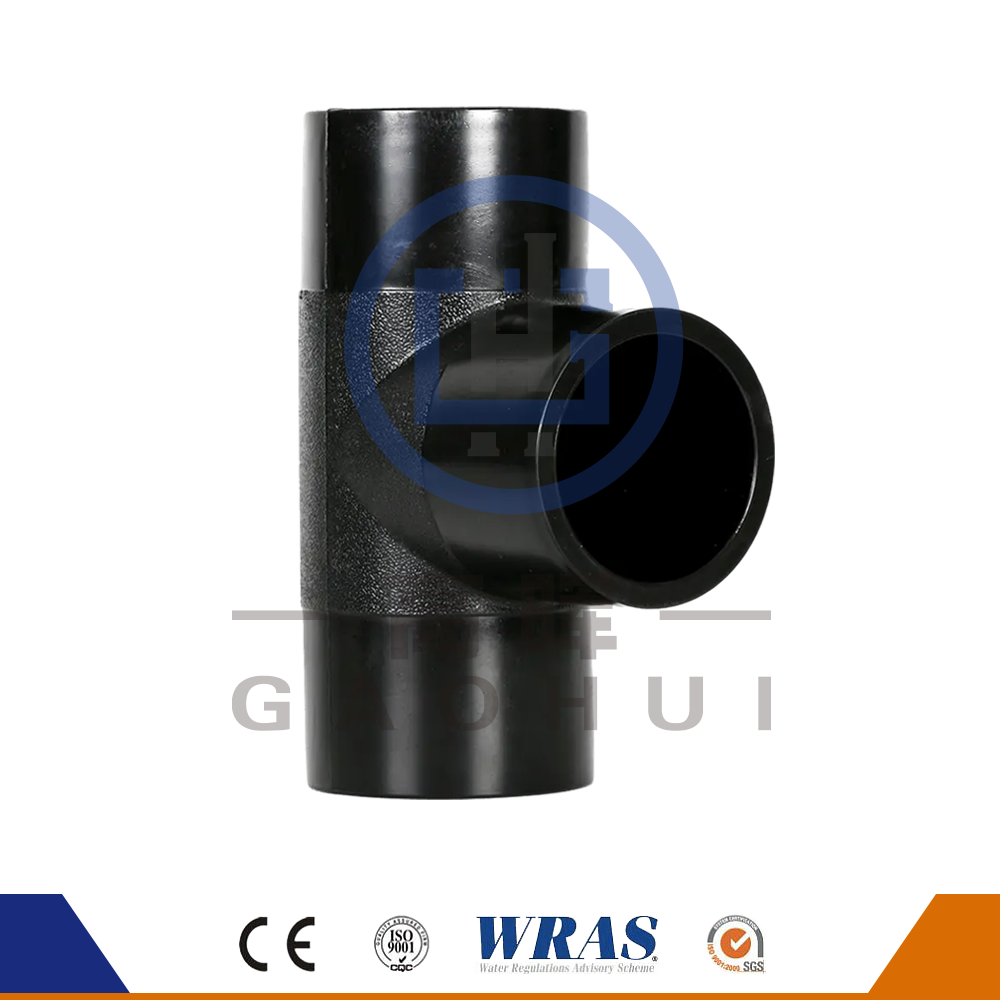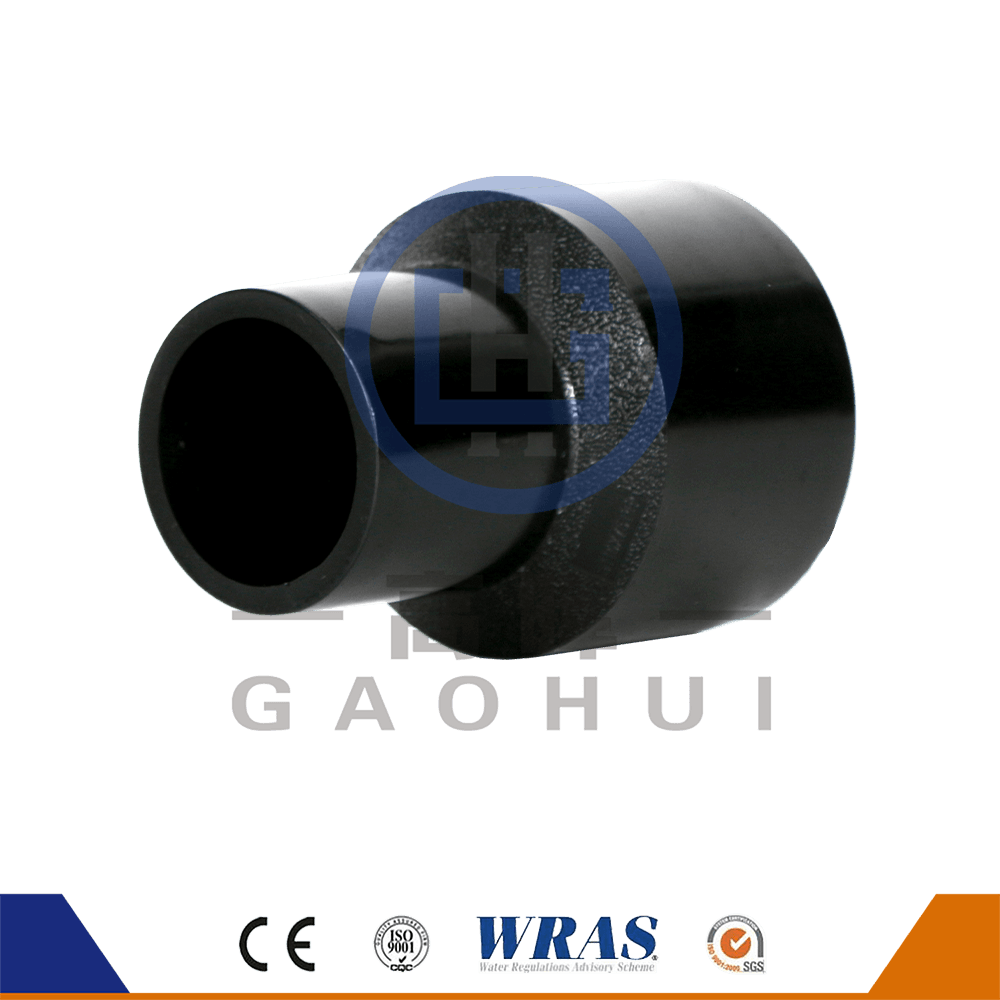PP Push On Fitting and traditional welding joints have their own advantages and disadvantages in terms of connection strength. The advantage of PP Push On Fitting is that it is fast and simple to install, does not require professional skills and equipment, and can be connected by just pushing it in, which is very suitable for occasions that require rapid deployment and frequent maintenance. However, compared with welding joints, its connection strength is relatively low, especially when subjected to high pressure or impact loads. At the same time, due to the reliance on rubber O-rings for sealing, it may be affected by material aging during long-term use, thus affecting its sealing and connection strength.
In contrast, traditional welding joints provide extremely high connection strength and reliability by melting and fusing materials, and are suitable for high pressure, high temperature and high stress environments. Welding joints have strong long-term reliability and will not fail due to aging of sealing materials, and have a long service life. However, welding joints are complex to install, require professional equipment and technology, the installation process is time-consuming and costly, and once formed, it is difficult to disassemble and readjust, which is not suitable for systems that require frequent maintenance or replacement.
When subjected to static loads such as constant internal pressure, welding joints generally show higher strength and reliability; under dynamic load or impact load conditions, the performance of welding joints is also better than Push On Fitting. Push On Fitting has good initial sealing performance, but may be affected by time, temperature and chemicals, while welded joints have almost no leakage problems after formation.


 English
English русский
русский عربى
عربى











